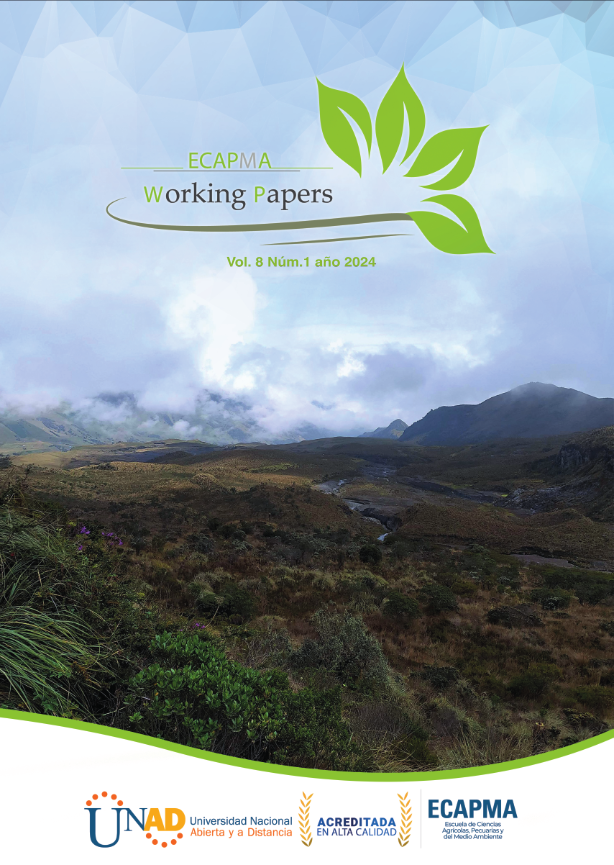Copyright (c) 2024 Working Papers ECAPMA

This work is licensed under a Creative Commons Attribution-NonCommercial-ShareAlike 4.0 International License.
Assessment of the effect of herbicides on soil microbial populations
Contextualization:
Soil fertility is influenced by a complex interaction of physical (such as density, structure, and porosity), chemical (including soil activity), and chemical (including soil activity) characteristics. (such as density, structure and porosity), chemical (including the activity of clays, oxide-reduction potentials of clays, oxidation-reduction potentials and the presence of organic matter), and biological and biological (including microorganisms of the microflora and microfauna, as well as meso- and macrofauna, as well as meso- and macrofauna). These interactions are fundamental to the availability of plant nutrients. availability of nutrients to plants. However, microorganisms play a crucial role, as they have the ability to modify both the biochemical aspects and the biochemical aspects, such as enzyme production, which contributes significantly to plant fertility. significantly to their fertility. For this reason, it is essential to know and monitoring the status of microorganisms in the soil is essential.
Knowledge gap: the true damage caused by herbicides on the microbial population is not known, this affect the degradation of organic matter on soil, limited development of life of these organisms, therefore, fertility is affected.
Purpose: The objective of this research is to evaluate the effect of herbicide mixture application on microbial populations in a rice (Oryza sativa L.) production system
Methodology: Soil treated with a mixture of herbicides Clethodim, Carfentrazone ethyl and glyphosate is analyzed, activity is determined by microbial basal respiration in mg of CO2, microbial growth on Potato Dextrose Agar (PDA) plate.
Results and conclusions: It was determined that the soils treated with Cletodim, Carfentrazona ethyl and glyphosate herbicide mixture decrease the microbial population in PDA plate, their soils with application of herbicide mixture (SH) obtained an average of 6 CFU/g soil and an area of growth of 62 cm2. Compared to the control soil without the application of herbicides (STSH) 30 CFU/g soil and 70 cm2. Regarding basal microbial respiration in mg of CO2 in response to the herbicide, respiration in the SH increased 3.7 in mg C-CO2 kg-1dry soil day-1 at 5 days after application (DAA) and 5.1 in mg C-CO2 kg-1dry soil day-1 at 15 daa. This is because the microorganisms try to synthesize the herbicide molecules, thus increasing their activity.





